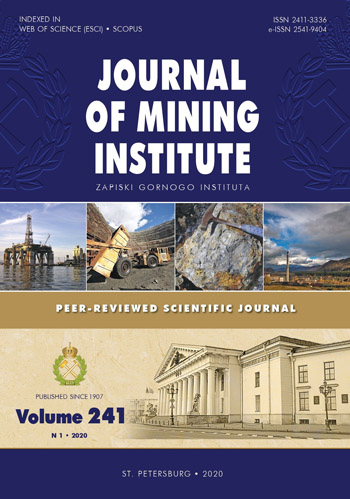Priority parameters of physical processes in a rock mass when determining the safety of radioactive waste disposal
- National University of Science and Technology “MISiS”, Moscow
Abstract
Consideration of geodynamic, hydrogeochemical, erosion and other quantitative characteristics describing evolutionary processes in a rock mass is carried out when choosing a geological formation for the disposal of radioactive waste. However, the role of various process parameters is not equal for safety ensuring and additional percentages of measurement accuracy are far from always being of fundamental importance. This makes it necessary to identify various types of indicators of the geological environment that determine the safety of radioactive waste disposal for their detailed study in the conditions of the burial site. An approach is proposed to determine the priority indicators of physical processes in the rock mass that determine the safety of disposal of various types of radio active waste and require increased attention (accuracy, frequency of measurements) when determining in - situ conditions. To identify such factors, we used the sensitivity analysis method that is a system change in the limits of variable values during securty modeling in order to assess their impact on the final result and determine the role of various physical processes in ensuring safety.
